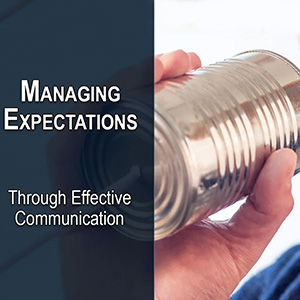
Hey, what’s going on everyone? Matt Milia here, and I want to talk a lot about our ability to communicate and setting real estate goals.
No matter what you do, no matter how you go about doing it, if you are going to hire an inside sales associate, it is absolutely imperative that you communicate every single day. No matter what. Communication is key. Without having the communication, you’re going to find that your ISA is never going to know what winning is.
Success really is defined by having the communication, making sure that the expectations are known, making sure that your ISA is going to be fully committed to your growth, and the growth of your business is 100% linked to your marketplace. So you just have to understand that you’ve got to know your market inside and out. If you don’t know your market inside and out, now is the time to really invest in learning in it.
So let me give an example, all right? If you got a 100 leads a month, and within those 100 leads you’ve got your ISA calling through those leads, and out of those 100 leads you’re hoping for 20 appointments. That means that you’ve got to have, out of the 100 leads that you have, there needs to be realistically at least 20 good telephone numbers. So with there being 20 good telephone numbers, that means for your ISA to have 20 appointments, they would literally have to have a 100% conversion rate. So literally out of 100 leads, and you’re expecting 20 appointments, it’s going to be a challenge to say that we’d be able to hit that number. Realistically, even the best closers in the industry, it takes at least four to five conversations in order to close somebody.
Essentially what you’re saying is — they would have to get ahold of all 100 people, and out of all those 100 people, they’re going to get an appointment, and out of let’s say if they have a four to one conversation to appointment ratio, they get four conversations for every one appointment, then you’re going to end up getting yourself 20 face-to-face appointments.